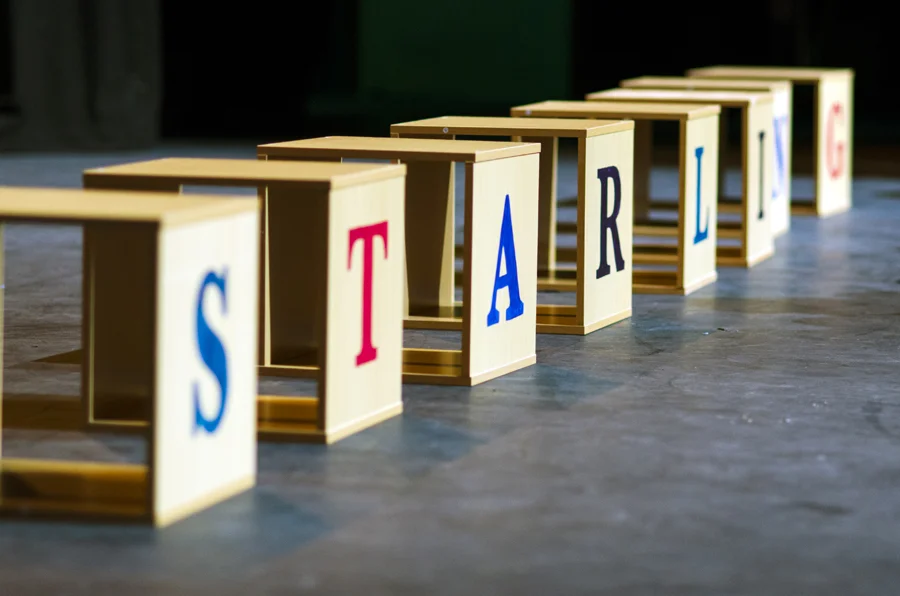Where Do We Go From Here?
/On May 17th 2021, England entered Step 3 of the roadmap out of lockdown. Pubs and restaurants opened their doors, sporting events opened up to larger numbers of fans, organised indoor group sport became possible and groups of up to 30 were allowed to meet outdoors. Choir leaders across the country continued to prepare to safely resume indoor rehearsals, putting risk assessments and socially distanced markings into place, and buying in specialist singing masks.
However just one day later on May 18th, the government issued updated guidance stating that amateur choirs could only meet in groups of six indoors - restricting nearly all singing groups from meeting at all. To date, they haven’t explained the ‘science’ behind the rule change.
It may seem like an insignificant rule, but with over 40,000 choirs in the UK hosting over 2 million members (which, according to the Voices Now Big Choral Census of 2017, means that 300,000 more people sing in a choir than play amateur level football each week), this restriction affects many and the implications run deep and far.
From the local pubs and restaurants missing out on pre/post-rehearsal drinking and dining, to the community halls, residents’ associations, schools, places of worship and social clubs missing out on the venue hire fees that are often their biggest source of annual income, choirs (along with multiple other social and community clubs and activities) are big business. Added to that, the majority of the people leading those 40,000+ choirs are professional musicians like us. Musicians whose income has been limited because of the pandemic, with many not qualifying for government support.
A recent study showed that UK theatre benefits physical and mental health so significantly it saves the NHS a staggering £102 million a year. If we were to add group singing, dance classes, amateur dramatics, book clubs, libraries, art clubs, music ensembles, film and cinema clubs, and numerous other amateur arts activities to the list, just think of how that number would grow. If restoring the economy is a priority as we come out of lockdown, then getting community arts groups like amateur choirs singing again plays a huge part in that.
Many, including us here at Starling Arts, have waited over 14 months to sing with others in person. For over a year we’ve not been able to do our job, connect with our community in person, or share the multiple health benefits of group singing with others.
Group singing is a huge resource and source of support for people’s mental health and wellbeing, as our project Celebrating Singing for Wellbeing proved last year. Our members still talk about the transformative power that singing with others holds, on their physical and mental health, social engagement and day-to-day experience. Singing is more than a hobby; for many it is a lifeline, preventing loneliness and isolation and offering people a place to call home.
Choir leaders acknowledge that, as an airborne virus, Covid-19 makes singing far from risk free. We closely followed the scientific developments last year which, eventually, concluded that singing at a low volume was no more risky than talking or shouting, and recommended choirs take various measures - such as social distancing, hand hygiene, ventilation and limited volume - when resuming rehearsals. As a result, choir leaders have gone to great lengths to mitigate the risks to their members, and ensure that their rehearsals are as Covid secure as possible. Indoor rehearsals were even allowed to resume in person for a brief period in the early autumn of last year, long before the vaccine roll out started, and no new scientific developments regarding singing and the spread of Covid-19 have been announced since, so why this change, and why now?
This last-minute guidance that non-professional singers can only sing indoors in groups of six is hugely disappointing precisely because other similar - or more risky - endeavours have been allowed to continue, whilst our carefully controlled and considered musical environments have been left in the lurch.
We’ve been watching crowded pubs full of sports fans allowed to sing, chant and cheer with limited restrictions. We’ve see bars full of people singing along to in-house entertainment, with no distancing in place. We’ve wondered how this virus discriminates between social occasions and singing sessions? We have been left wondering what we can do to move forward.
So choirs have gone back to the drawing board and are now awaiting further guidance - not knowing when we will be able to meet again. We are in a silent, lonely limbo.
The constant uncertainty, and last minute changes, are a big issue here. Time, money and resources have been wasted on preparations that time and time again have been quashed. This shows a blatant disregard for the many whose livelihoods and passions depend upon being able to plan and execute our creative work.
This unannounced delay is risking further damage to the mental health of singers, and is disheartening amongst a set of allowances that seem to prioritise money making over wellbeing, and neglects that the two can and do sometimes go hand in hand…
Choirs do not wish to have special treatment, or engage in unsafe activity. Our priority is always the health and safety of our members, but we feel that we should be subject to the same rules and regulations as other industries.
So where do we go from here? We need clarity, reconsideration and assurance that our work - and the wellbeing of our members - matters. We need clarification from the government on what scientific advice they are basing this rule change.
To help raise awareness of the choral community’s plight, you can sign and share this petition in an attempt to get the government to retract the change in guidance issued on May 18th so that we can all resume group singing and restore our communities in the process.
For more information on the guidance, read the latest from Making Music.


